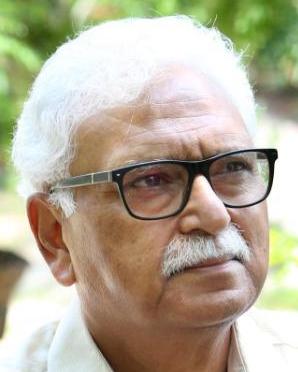
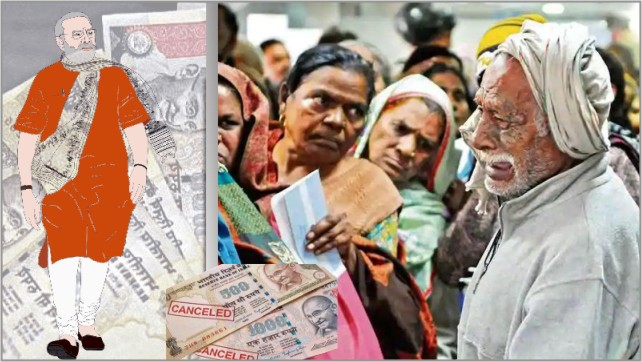
Public memory is known to be short and most people forget the collective hardships they had gone through over the time. This is true also for the sudden demonetisation of currency announced six years ago in which 86 per cent of the currency was sucked out of the system at one go with the ban on currency notes worth Rs 1000 and Rs 500 in 2016.
But it is always better to revisit such momentous decisions if only to draw lessons for the future. Was it a decision taken in a haste with not enough thought and perpetrations ? Did it achieve the targets for which the decision was taken which had affected millions of our countrymen.
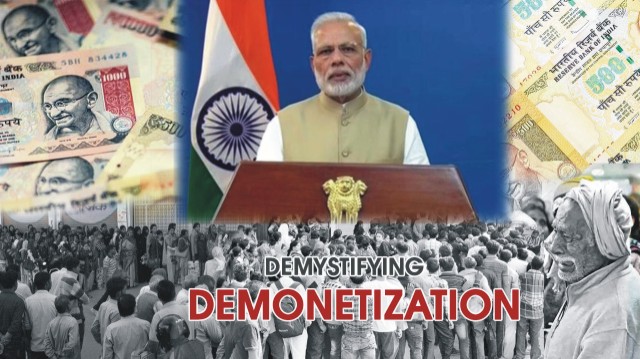
The video image of the prime minister Narendra Modi announcing that decision over the television and giving just four hours notice for the enforcement of demonetisation would remain etched in the collective memory of the country. The deadline given for the deposit of demonetised currency notes was December 30 of the same year.
The immediate impact saw serpentine queues outside banks for deposit of the demonetised currency notes and rationed withdrawal of new currency notes. The decision coming close to the marriage season caused chaos not only among ordinary people but proved a – major setback to the industry and economy. Small traders and entrepreneurs, besides those in the unorganised sector, were among the worst hit and many could never get back to their business.
That the decision was taken without much planning is clear from the fact that nearly 70 amendments to the rules were brought in after the introduction of demonetisation on November 8, 2016. Most of these amendments were announced in the first two months. Some of these related to the amount of cash that can be withdrawn either from the banks or through ATMs. The government even modified deadlines for deposit of old currency.
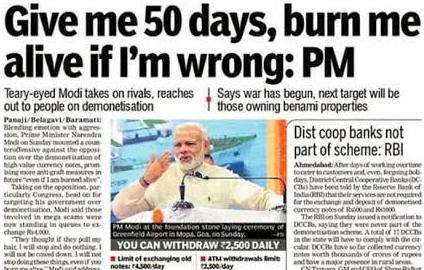 Similarly the Prime Minister had publicly declared that those who deposit cash upto Rs 2.5 lakh would not be brought under scrutiny. This was aimed at housewives and others who preferred to keep cash handy for any emergency. Subsequently, however, even those who had deposited Rs 2 lakh were brought under Income Tax scrutiny.
Similarly the Prime Minister had publicly declared that those who deposit cash upto Rs 2.5 lakh would not be brought under scrutiny. This was aimed at housewives and others who preferred to keep cash handy for any emergency. Subsequently, however, even those who had deposited Rs 2 lakh were brought under Income Tax scrutiny.
The questions that must be answered are whether the basic objectives of demonetisation were met. These included curbing corruption or black money, ending counterfeit currency and drying out money supply which funded terrorism.
There would be few who believe that the level of corruption has come down or that black money has been curbed. Almost all the demonetised currency notes had been deposited back in banks which prove that the presence of counterfeit currency notes was negligible.
No major hoardings of black money were recovered and there was no immediate impact on tackling funds to terrorists including the Marxists. Yes there is some progress in digitalisation of currency with more and more people preferring to pay through online money transfer. However the underhand exchange of money continues.
Supreme Court recently took up the issue and declared that it would like to undertake an academic issue on whether proper procedure was followed before announcing the demonetisation. It made it clear that there was no way the decision can be rolled back now but the study may lay down rules for the future.
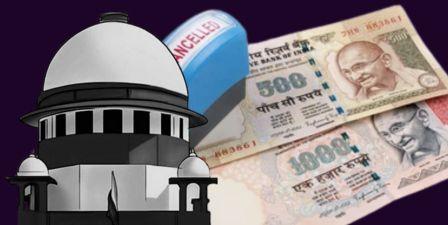
During the course of the hearing some very interesting facts have come to public light. The documents presented by the Reserve Bank of India show that the mandatory requirement of a formal approval by the RBI Board was taken hours before the announcement was made.
However what was left unsaid in its affidavit are certain vital points mentioned in the minutes of the RBI’s central board meeting which contradicted the government’s justification for demonetisation.
The points that were put on record, but not mentioned in the affidavit given to Supreme Court, include the fact that the Board did not consider the estimated circulation of Rs 400 crore as counterfeit currency (out of a total of over Rs 17 lakh crore) as alarming or of any significance. It also countered the argument that there was a steep rise in the circulation of Rs 1000 and Rs 500 currency notes.
Further, it pointed out that the black money is generally not stored in hard cash but rather in Benami real estate or in the form of gold and jewellery.
Also Read: Demystifying Demonetization — War on Black Money or Legalized Plunder and Organized Loot?
Since the Supreme Court hearing is only an academic exercise to find if due procedures was followed, the court might not be able to find any fault with it even though some might believe that “khana purti” was done later. However, economists and other experts would do well to study the reasons given out for demonetisation and its impact so that lessons are learnt for the future. ![]()
___________
Also Read:
Industrialization versus Environmental Degradation
Centre’s Opaque Auction Rules For Pulses Rip Off Govt Coffers, Help Millers Strike Rich
Need to amend laws like UAPA to provide for punishment for those who slap false cases
Global Arms Trade: Who are the real winners?
Why not 40 pc tickets for women in Punjab and elsewhere?
Punjab – How a deadly cocktail of Agri-Water-Energy nexus going to destroy it?

Disclaimer : PunjabTodayTV.com and other platforms of the Punjab Today group strive to include views and opinions from across the entire spectrum, but by no means do we agree with everything we publish. Our efforts and editorial choices consistently underscore our authors’ right to the freedom of speech. However, it should be clear to all readers that individual authors are responsible for the information, ideas or opinions in their articles, and very often, these do not reflect the views of PunjabTodayTV.com or other platforms of the group. Punjab Today does not assume any responsibility or liability for the views of authors whose work appears here.
Punjab Today believes in serious, engaging, narrative journalism at a time when mainstream media houses seem to have given up on long-form writing and news television has blurred or altogether erased the lines between news and slapstick entertainment. We at Punjab Today believe that readers such as yourself appreciate cerebral journalism, and would like you to hold us against the best international industry standards. Brickbats are welcome even more than bouquets, though an occasional pat on the back is always encouraging. Good journalism can be a lifeline in these uncertain times worldwide. You can support us in myriad ways. To begin with, by spreading word about us and forwarding this reportage. Stay engaged.
— Team PT


Copyright © Punjab Today TV : All right Reserve 2016 - 2024 |